In a remarkable turn of events that signals a potential transformation in the aviation industry’s environmental impact, Amsterdam’s Schiphol Airport, one of the busiest aviation hubs in the world, is taking decisive actions to mitigate noise pollution and curb greenhouse gas emissions. The airport’s announcement comes nearly five months after an extraordinary display of climate activism that saw hundreds of protestors preventing private jets from taking off at Schiphol Airport. The result? A groundbreaking move to ban private jets and foster sustainability, aligning with the goals of the Paris Agreement.
The Journey to Sustainability
Schiphol Airport, located just 9 kilometers southwest of Amsterdam, boasts the impressive status of being Europe’s third busiest airport and one of the most bustling globally. Each year, more than 63 million travelers journey through Schiphol in over 479,000 flights to diverse international destinations. This amounts to an average of around 1,300 flights daily or nearly a flight every minute, painting a vivid picture of Schiphol’s vibrant and relentless activity.
However, with immense activity comes substantial noise pollution—a challenge the airport had to address. The airport’s location on the flat expanse of the Haarlemmermeer polder, a reclaimed lowland that once was a vast lake, led to an exacerbated noise problem. Ground-level noise, a distinctive type of noise produced by aircraft taking off, reverberated across the flat landscape without any natural barriers to attenuate its effects. This relentless din became a major annoyance for residents, propagating even more than 28 kilometers away when the airport opened its longest runway in 2003.
Enter Buitenschot Land Art Park: A Solution with Artistic Roots
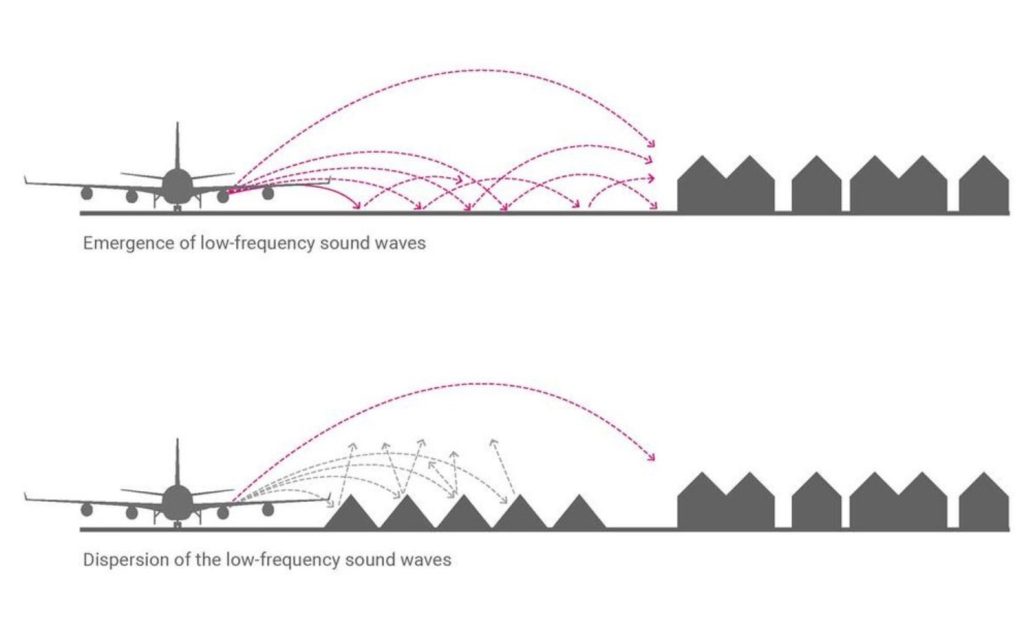
To tackle this thorny noise challenge, Schiphol Airport took a unique approach. Collaborating with H+N+S Landscape Architects and artist Paul De Kort, the airport embarked on a creative journey to transform the problem into an innovative solution. This collaboration birthed the Buitenschot Land Art Park—an 80-acre oasis characterized by a network of hedges and ditches laid out in a mesmerizing diamond pattern. This ingeniously designed space serves multiple purposes: it holds bike paths, sports fields, and other recreational features, all while acting as a barrier to deflect the ground-level noise generated by departing planes.
The concept of using artistic elements to resolve a technical problem traces its roots back to an unexpected discovery. In 2008, a failed noise control attempt led airport officials to realize that ploughing the arable land between the runway and surrounding settlements remarkably reduced noise levels. Drawing inspiration from this incident and Ernst Chladni, an 18th century physicist and musician famous for his Chladni figures experiment, Paul De Kort designed a series of hedges and ditches with ridges that corresponded to the wavelength of the airport noise. This ingenious setup, comprising 150 symmetrical furrows with six-foot-high ridges, achieved more than a 50% reduction in noise levels, highlighting the power of creative problem-solving.
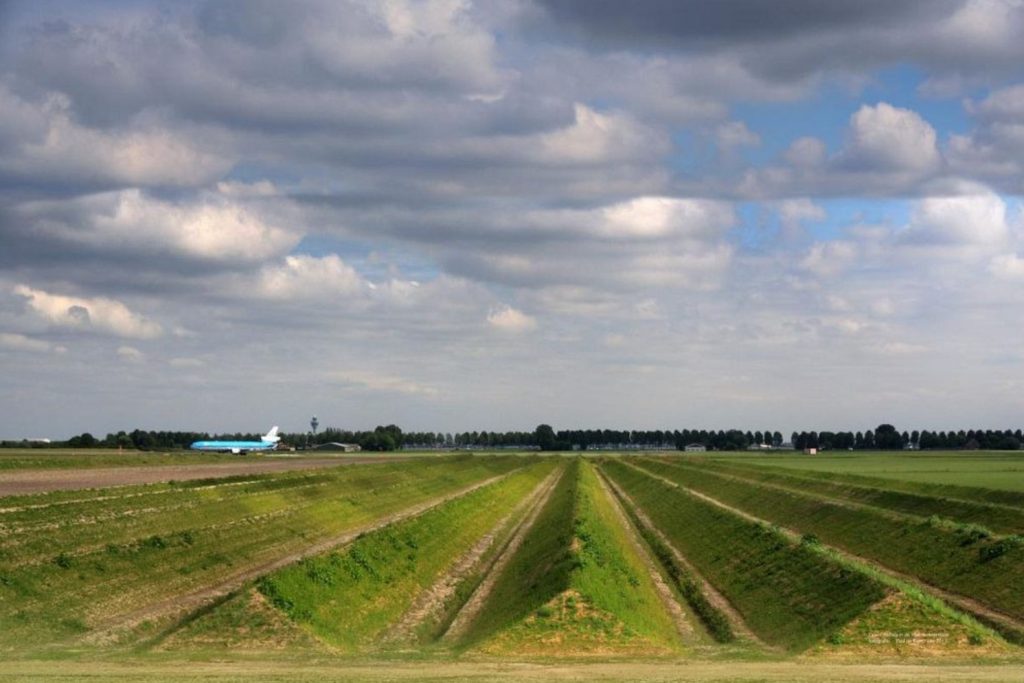
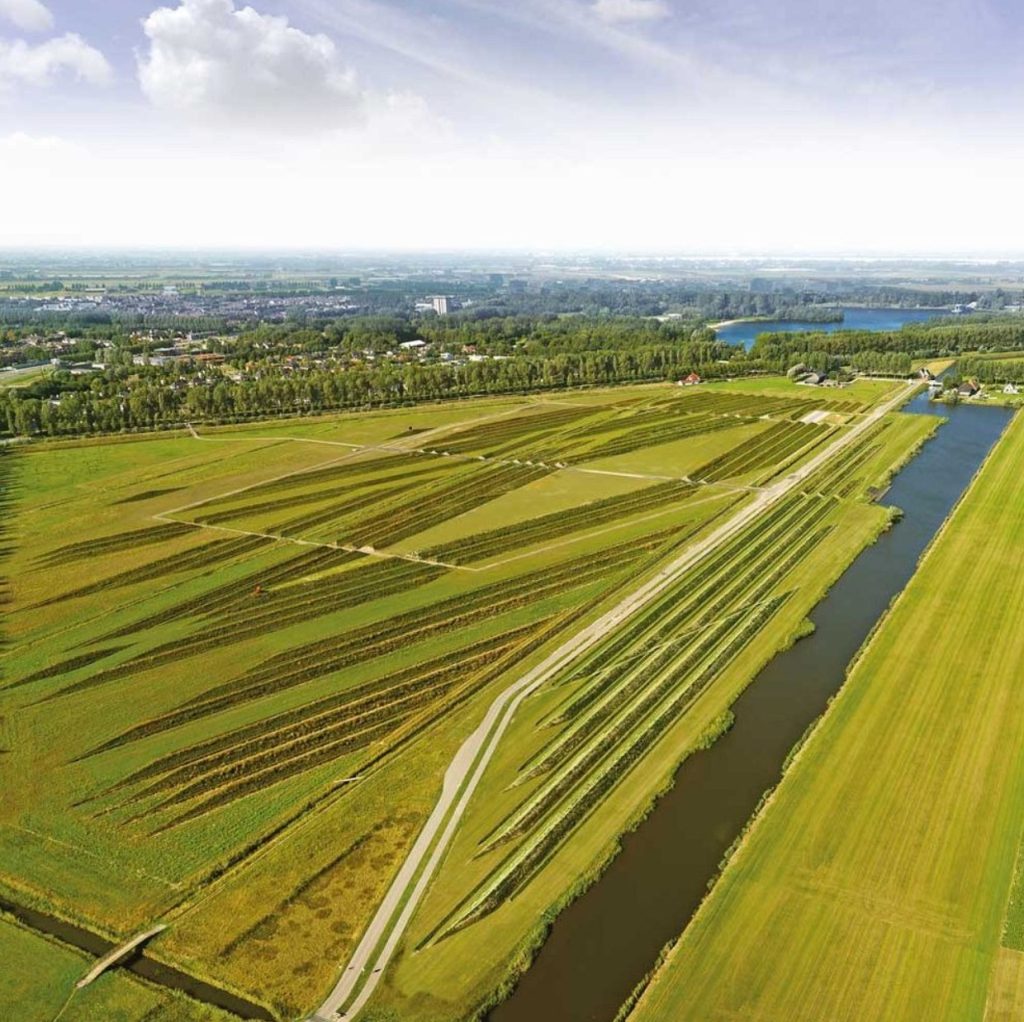
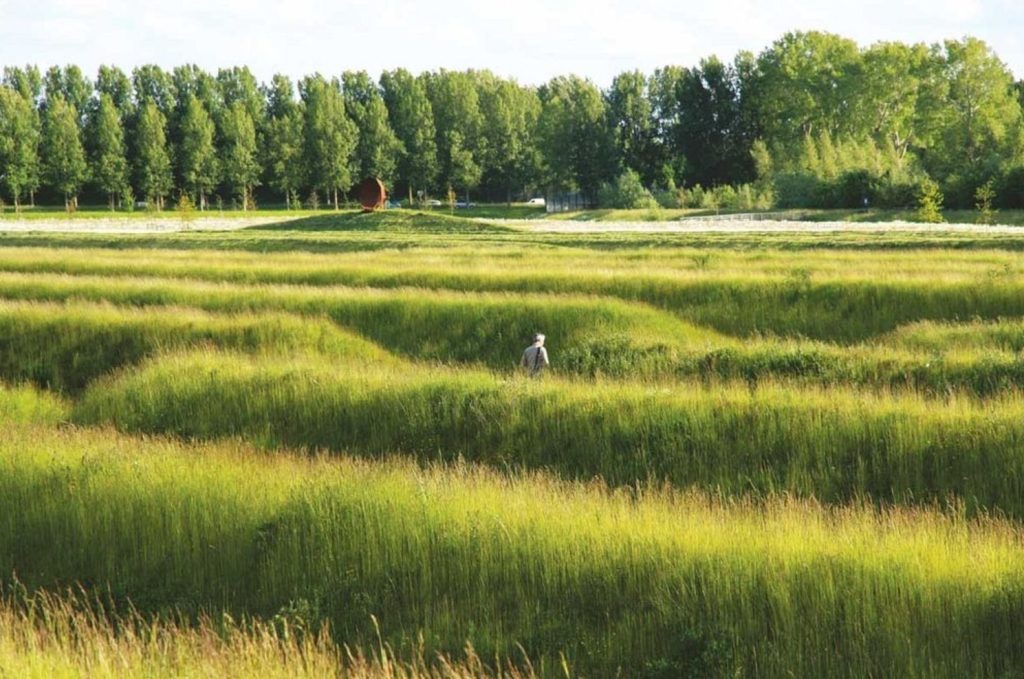
Embracing Change for a Sustainable Future
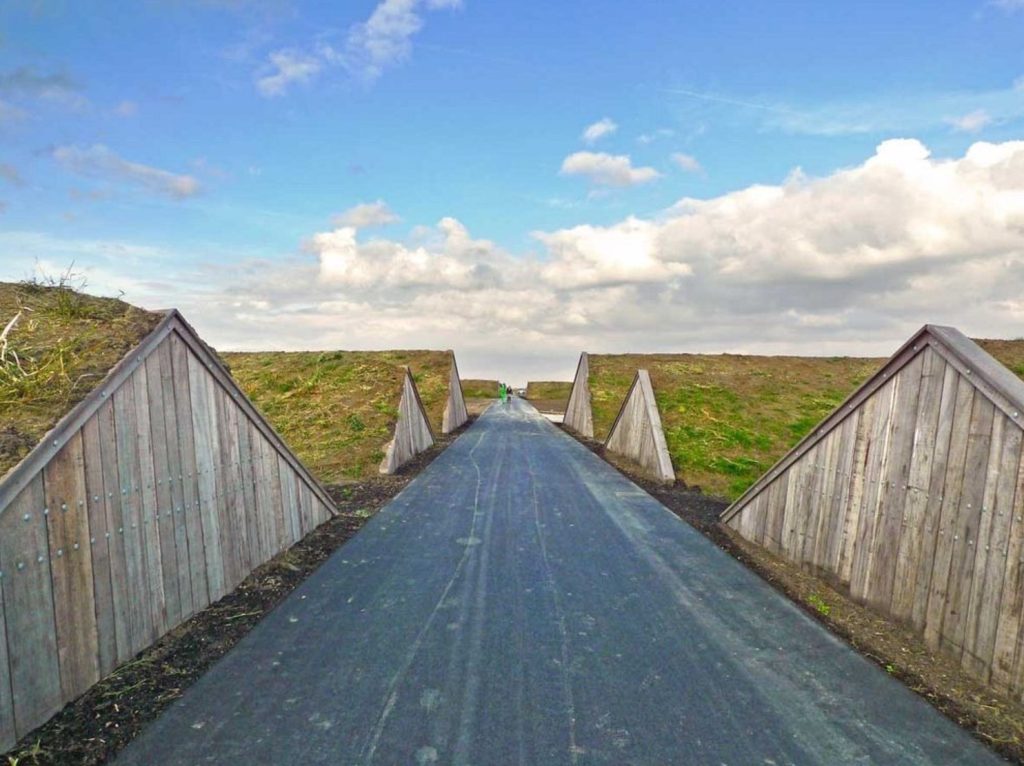
In the wake of the successful noise reduction efforts, Schiphol Airport has taken bolder strides towards sustainability. Recognizing its responsibility to align with global climate objectives, the airport is embarking on a comprehensive plan to further reduce noise pollution and carbon emissions:
- Private Jet Ban: One of the most groundbreaking decisions is the airport’s ban on private jets. This move is fueled by data indicating that private and small business flights departing from Amsterdam produce approximately 20 times more carbon dioxide per passenger than commercial flights.
- Flight Timing Restriction: The airport is set to implement restrictions on flight timings, aiming to halt takeoffs between midnight and 6 a.m., and landings between midnight and 5 p.m. This measure alone is projected to reduce total traffic by around 10,000 flights annually.
- Stringent Aircraft Standards: Schiphol Airport is raising the bar for the types of aircraft allowed to operate, with the goal of phasing out noisier models and prioritizing quieter, more environmentally friendly options.
- Kaagbaan Runway Halt: The airport is discontinuing plans to construct the additional Kaagbaan Runway, demonstrating a commitment to avoiding unnecessary expansion and its associated environmental impacts.
Collectively, these measures are projected to reduce noise pollution and nighttime disturbances for nearby residents by significant margins. By optimizing flight schedules and embracing quieter aircraft models, Schiphol Airport anticipates achieving a noise reduction of up to 10 decibels—a substantial victory for both passengers and the environment.
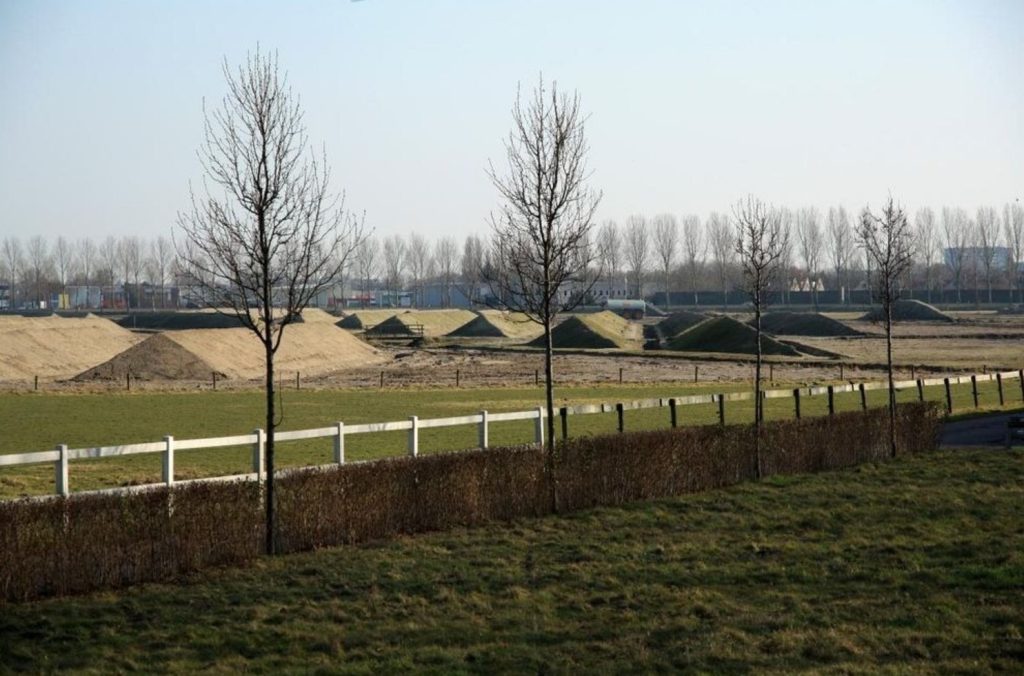
Collaborative Commitment to Change
Schiphol Airport’s ambitious sustainability drive has not gone unnoticed by stakeholders, both within the aviation industry and the global environmental movement. While the Dutch wing of Air France-KLM expressed surprise at the changes, indicating their potentially far-reaching consequences, climate activists have long championed the need to rein in luxury and short-haul air travel. Global aviation’s energy emissions surpassed 2% of the total in 2021, with its growth outpacing emissions from other transportation modes.
In the Netherlands specifically, Schiphol Airport stood out as a substantial contributor to emissions, releasing an astounding 12 billion kilograms (roughly 26.5 billion pounds) of carbon dioxide annually. Greenpeace Netherlands, a prominent environmental organization, has been vocal in advocating for fewer flights, greater reliance on trains, and the prohibition of unnecessary short-haul flights and private jets.
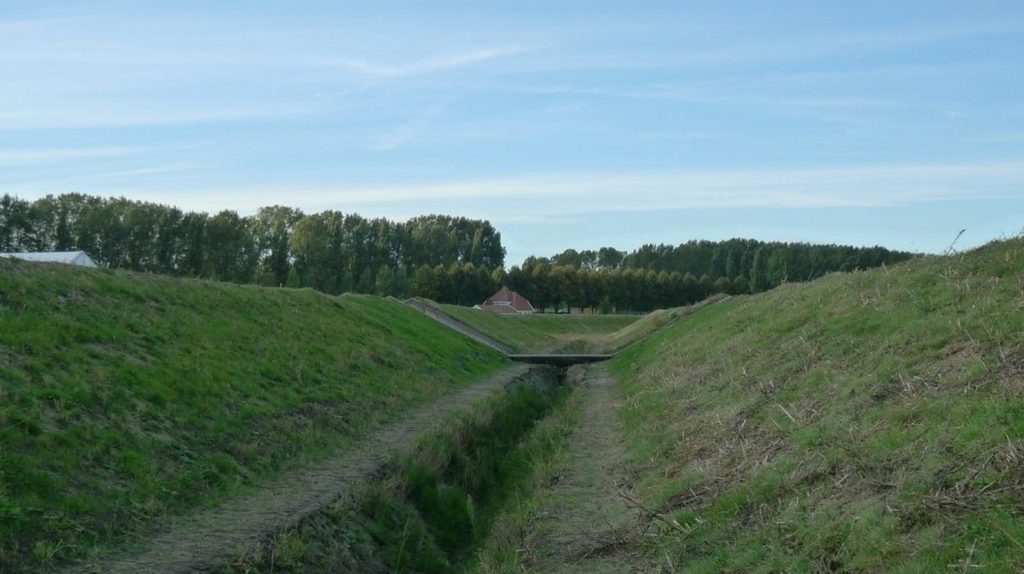
A Promising Horizon
Schiphol Airport’s transformative journey from a noise-ridden hub to a pioneer in aviation sustainability serves as an inspiring example for the global aviation industry. By embracing innovative solutions that blend art, science, and engineering, the airport has taken meaningful strides towards reducing its carbon footprint and enhancing the quality of life for both passengers and local residents. This endeavor demonstrates the powerful impact of collaboration, creativity, and a shared commitment to environmental stewardship.
As the airport’s sustainability measures continue to unfold and its actions reverberate across the industry, one thing is clear: the journey to a greener future has begun, and Schiphol Airport is at the forefront of this transformative movement.
